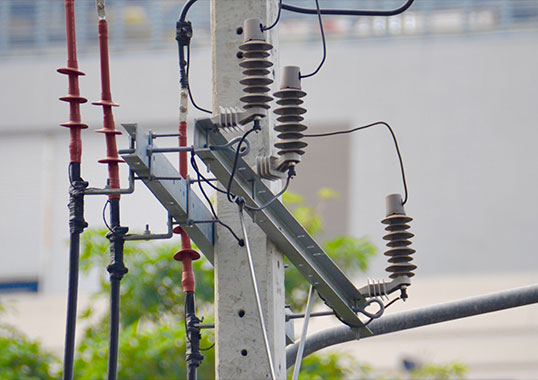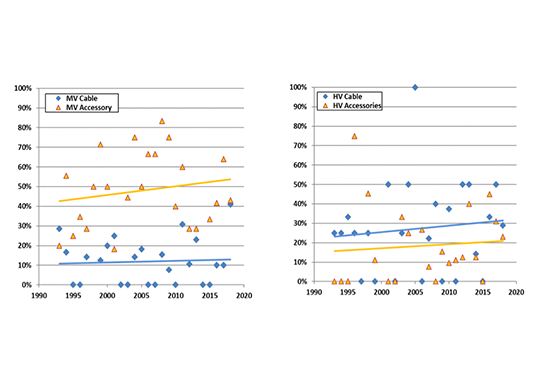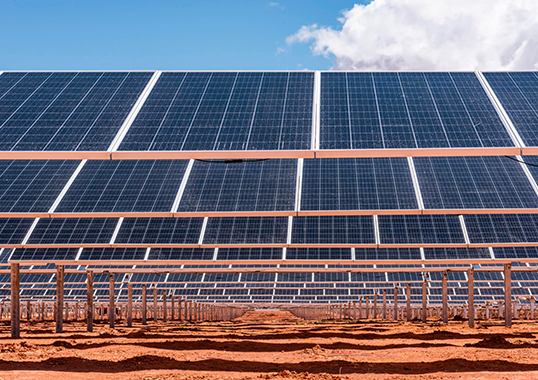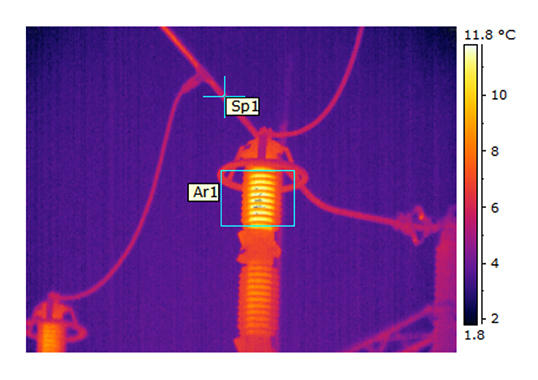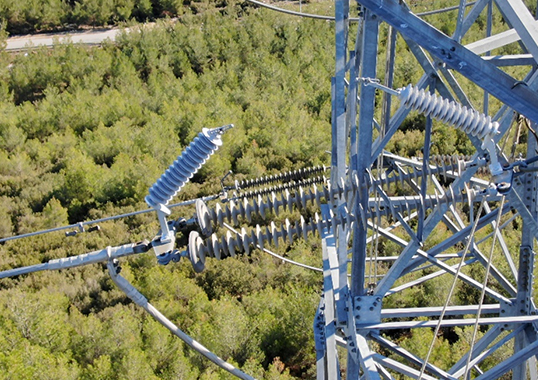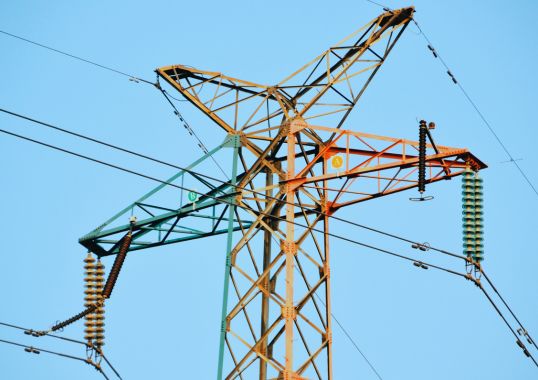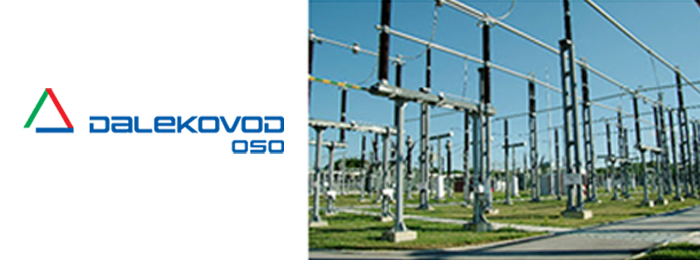What is the kJ/kV Uc rating of a Class 1, 10 kA arrester? This type of question has often been asked when it comes to distribution arresters. Yet finding an answer was never easy since these arresters (formerly referred to as Class 1) never had energy ratings. Fortunately, with the latest revision to IEC Arrester Test Standard 60099-4 Ed 3.0, what can properly be viewed as a distribution arrester’s energy rating is now available. According to the revised standard, the durability of distribution arresters (in coulombs) is rated as shown in Fig. 1.

CLICK TO ENLARGE
Definitions
Distribution Class Arrester: DH, DM, DL Arresters intended for use on distribution systems (typically Us ≤ 52 kV) and intended primarily to protect components from lightning. Arrester classification is assigned based on the test series applied and maximum rating achieved during type tests.
Station Class Arrester: SH, SM, SL Arresters for use in substations to protect equipment from transient overvoltages and typically for, but not restricted to, use on systems of Us ≥ 72.5 kV. The classification is assigned based on the test series applied and maximum rating achieved during the type test.
Thermal Charge Transfer Rating, Qth: The charge, given in coulombs (C), that may be transferred through an arrester or arrester section in a thermal recovery test without causing a thermal runaway.
Thermal Energy Rating, Wth: The energy, given in kJ/kV of Ur, which may be dissipated by an arrester or arrester section in a thermal recovery test without causing a thermal runaway.
Repetitive Charge Transfer Rating, Qrs: The charge, given in coulombs (C), in the form of a single event that can be transferred at least 20 times (at time intervals that allow for cooling to ambient temperature) through an arrester without causing mechanical failure or unacceptable electrical degradation to the MO resistors.
Charge Transfer: A unit of measure that quantifies the current flow through the arrester over the time of the event. It is calculated as the integral of the current over the time of the surge and measured in coulombs.
Rationale Behind Change
To better understand distribution energy rating, it is useful to look at station class arrester energy rating. A major complication for years was that while Class 2 to Class 5 arresters came with energy ratings, there were no clear guidelines in the standard; moreover, rating methods varied from one manufacturer to the next. As a result, it was often a challenge to compare different brands of arresters. New changes introduced in Ed. 3.0, however, eliminate energy rating for station class arresters and replace this with charge transfer rating, in coulombs – effectively eliminating such problems when comparing arresters.
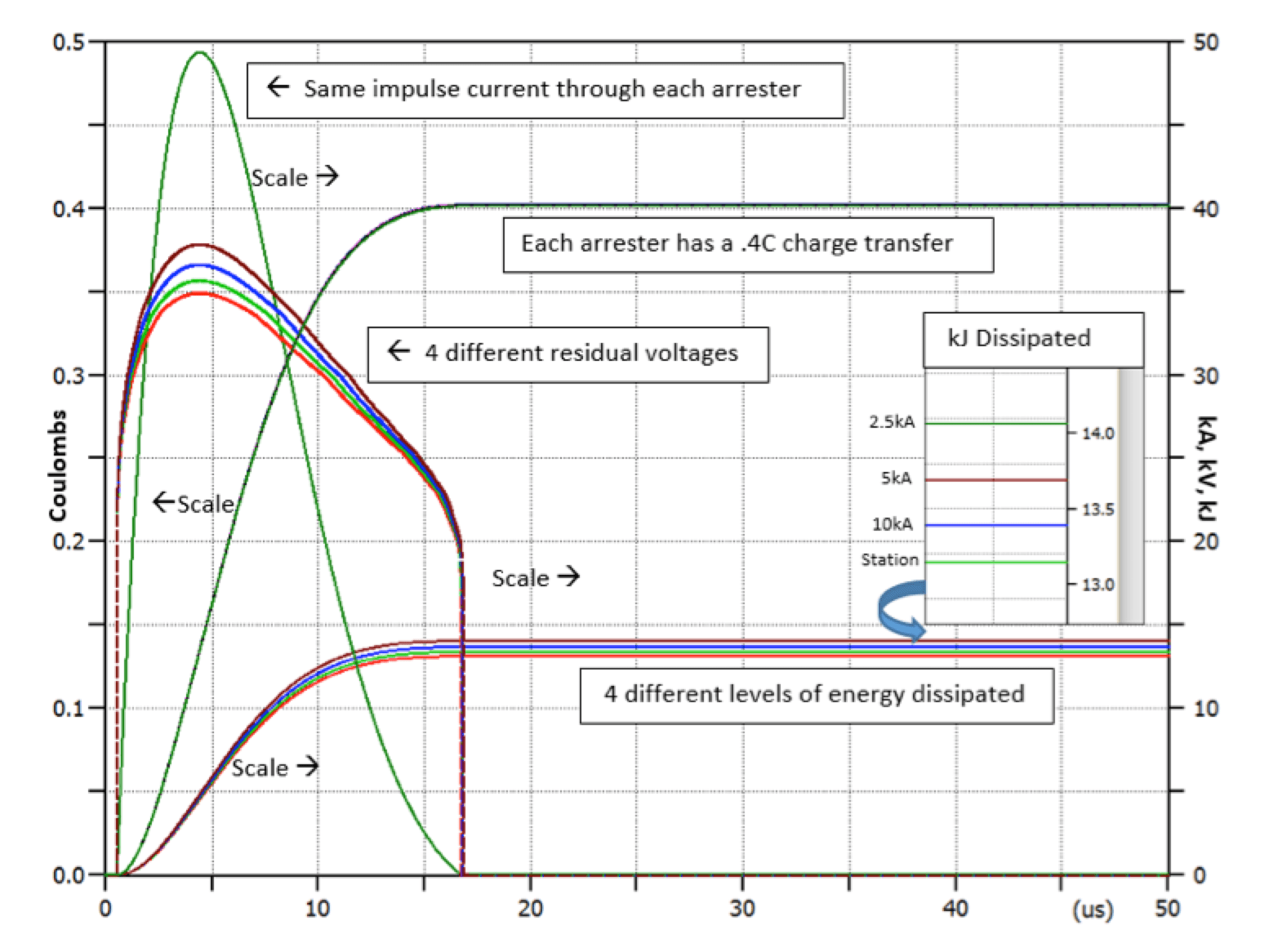
CLICK TO ENLARGE
The new rating system is also more realistic and not biased towards arresters with poor protection characteristics. For example, using previous energy ratings, arresters with poorer discharge voltage (i.e. higher) could be classified with higher kJ/ kV MCOV simply because they did indeed dissipate more energy for the same surge. But in doing so, they also offered less protection. The fundamental issue when it comes to energy rating is that it should be a measure of the energy an arrester dissipates, not of the charge (energy) that is transferred to earth through the arrester. In other words, what matters most in surge protection is not the actual energy dissipated by an arrester but rather the amount of current or charge it can handle during an event and not be damaged.
Although distribution arresters never had energy ratings, some utilities still requested them, simply because these were available for station class arresters. If one were to integrate the product of current and voltage, then a kJ rating could indeed be calculated. However, this rating would be wrong for basically the same reason station class arrester kJ ratings were wrong. Fig. 2 shows a single 4/10 impulse through 4 different arresters. If impulsing SH, DH, DM and DL arresters with the same current, 4 different residual voltages result and translate into 4 different levels of energy dissipated by the arrester. The arrester that dissipates the most energy (previously considered to be the better arrester if it had a higher energy rating) is the 2.5 kA LD arrester. Clearly, this small arrester could not have a higher energy rating than an SH station class arrester. However, based on the former standard, it would.
Ending kJ/kV Uc Rating of Distribution Arresters
Using the kJ/kV rating of a distribution arrester is fundamentally wrong and should not be considered when specifying these components. Instead, engineers should use either the new coulomb rating or the peak current values from high current tests. All arresters must handle energy in some form or other. Based on the latest IEC standard, the best way to quantify the energy handling capability of a distribution arrester is with a coulomb rating. Typically, for a 10 kA arrester of previous Class 1, the new thermal charge transfer rating for a DH classification is 1.1C or better. The new thermal charge transfer rating for the previous Class 1/5 kA arrester is .7C.
Jonathan Woodworth
Co-Convenor of IEC TC37 MT4 responsible for IEC 60099-4
[inline_ad_block]

